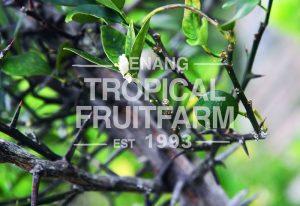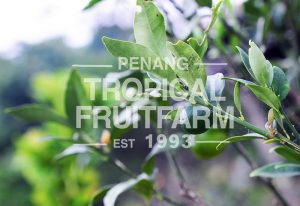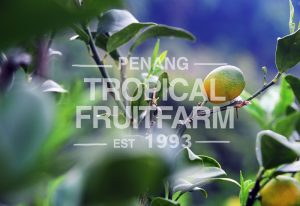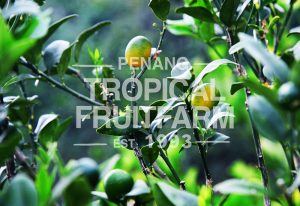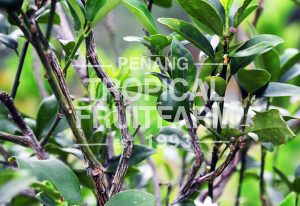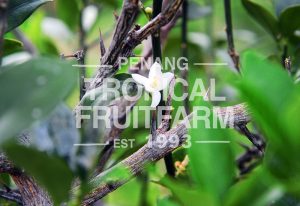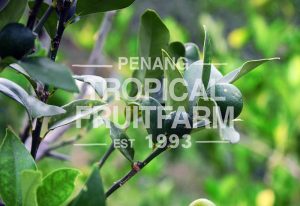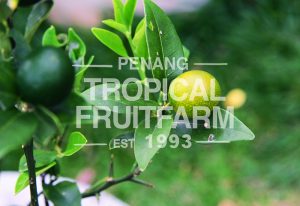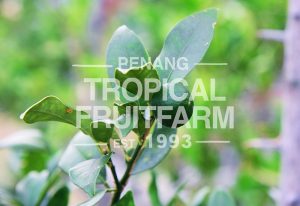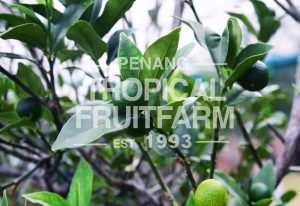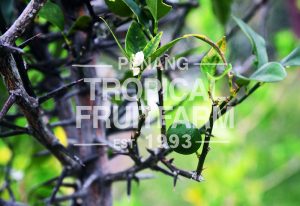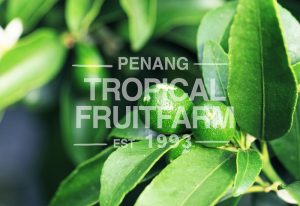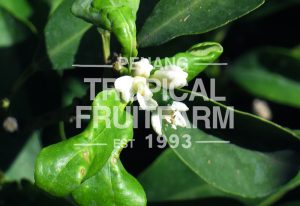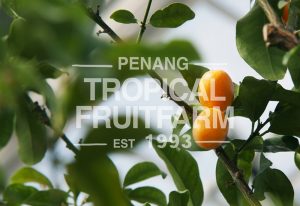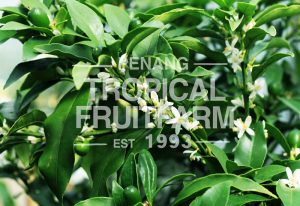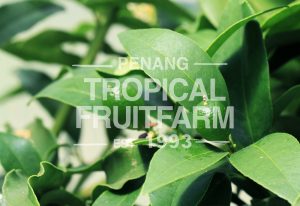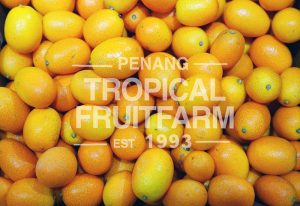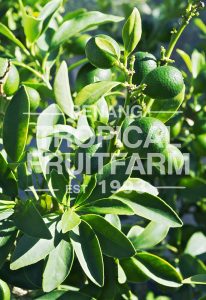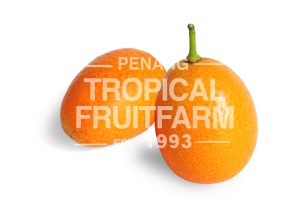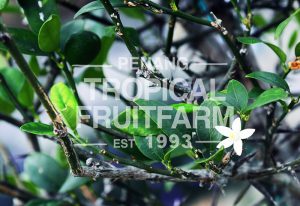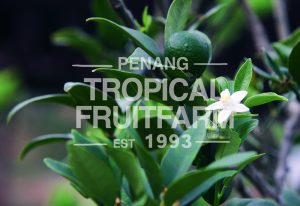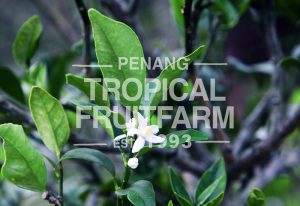| Origin | The plant is native to south Asia and the Asia-Pacific region. |
| Description | Kumquats are small-sized, ornamental, evergreen tree with prolific, miniature, brilliant orange-like fruits. |
| Growth Habitat | Found in tropical and subtropical climates. |
| Foliage | The simple leaves are alternate, lanceolate, 3.25-8.6 cm long, finely toothed from the apex to the middle, dark-green, glossy above, lighter beneath. |
| Flowers | The flowers are white, similar to other citrus flowers, borne singly or clustered in the leaf-axils. |
| Fruits | The small, bright orange-yellow, round or oval fruit has mildly acid, juicy pulp and a sweet, edible, pulpy skin. |
| Harvest | Kumquats are ripe when their skin is a deep orange color and the fruit is slightly soft to the touch. Use a knife or scissor to cut off the fruit so you don’t risk damaging the plant by pulling off a larger piece than intended. Cutting off the fruit with a small piece of branch with leaves attached makes a lovely decoration. |
| Soil | Kumquats grow well in high quality, potted soils with good drainage with a pH of 6.0 and 7.0. |
| Pruning | Prune your kumquat tree after the fruit has been picked but before new flowers appear. Remove dead or broken branches and trim branch ends to help the tree maintain its shape. Prune off suckers from the base of the tree, as they will take nutrients and energy away from the fruit-bearing portion of the tree. |
| Fertilization | For a newly planted dwarf kumguat tree, add a granulated fertilizer around the base of the tree every six weeks between February 1st and October 1st. Choose a balanced fertilizer (NPK 10-10-10). Add 113g of fertilizer during every dose in the first year of growth. Add an additional 113g of fertilizer every year until the tree is five years old. Then keep the fertilizer amount consistent. |
| Propagation | Kumquats do not grow well from seeds and so are vegetatively propagated, using rootstock of another citrus fruit. |
| Nutritional Properties | Eight raw kumquats have 108 calories, 9.9g fibre, 66.7mg Vit C, 441iu Vit A, 0.37 mg Vit B riboflavin and 94mg calcium. |
| Health Benefits | Fresh kumquats contain adequate quantities of anti-oxidant vitamins such as vitamin A, C and E. Collectively these phyto-chemical compounds in kumkuat fruits help scavenge harmful oxygen derived free radicals from the body and thereby protect us from cancers, diabetes, degenerative diseases and infections. Like oranges, kumkuats also very rich in vitamin C. 100 g fruit provides 47.9 or 73% of RDA (Recommended daily allowances). Vitamin-C is one powerful natural anti-oxidant, which has many essential biological roles like collagen synthesis and wound healing; anti-viral and anti-cancer activities; and helps prevent neuro-degenerative diseases such as arthritis, diabetes...etc. by removing oxidant free-radicals from the body. Furthermore, vitamin C facilitates iron absorption in the food by changing it from its ferrous form to a ferric form in the stomach. Kumquats contain good quantities of B-complex vitamins such as thiamin, niacin, pyridoxine, folate and pantothenic acid. These vitamins function as co-factors for metabolism of carbohydrates, proteins, and fats. In addition, kumquats contain modest amounts of minerals such as calcium, copper, potassium, manganese, iron, selenium, and zinc. 100 g of raw kumkuats contain 186 mg of potassium, 62 mg of calcium, 0.86 mg of iron and 95 mcg of copper. Potassium is an important component of cell and body fluids that help to control the heart rate and blood pressure. Copper is required in the production of red blood cells. Iron is required for red blood cell formation as well for cellular oxidation. |
| Commercial Uses | Ripe, orange-yellow kumquats are eaten fresh whole or just the rind. Kumquats are also candied or made into preserves, marmalade and jelly. They can also be sliced and added to salads. Ripe kumquat fruit is also used as marinade and as a garnish in poultry, lamb, and seafoods. Recently, they have replaced the olive as a garnish for cocktail beverages especially for martinis. Kumquats are also made into a liqueur. The Cantonese often preserve kumquats in salt or sugar. A few salted kumquats with a few teaspoons of the brine/juice may be mixed with hot water to make a remedy for sore throats. A jar of such preserved kumquats can last several years and still keep its flavor. In the Philippines and Taiwan, kumquats are a popular addition to green tea and black tea, either hot or iced. |
| Food Suggestion | Kumquat Honey Marmalade Ingredients 1.5 pounds or 680g kumkuats 1/2-3/4 cup honey (to taste) 1/3 cup rice wine or water Directions Wash and cut the kumkuats in half to remove seeds. Then cut each half into quarters or eighths. Put honey and rice wine into a pot and add kumkuats. Cook partially covered at medium heat for 5 minutes, or until the skins have become translucent. Remove the lid then simmer for 10 to 15 minutes uncovered until most of the liquid has evaporated and the remaining liquid is thick and sticky.Taste it as it cooks and adjust the sweetness to your liking by adding a little more honey. |

